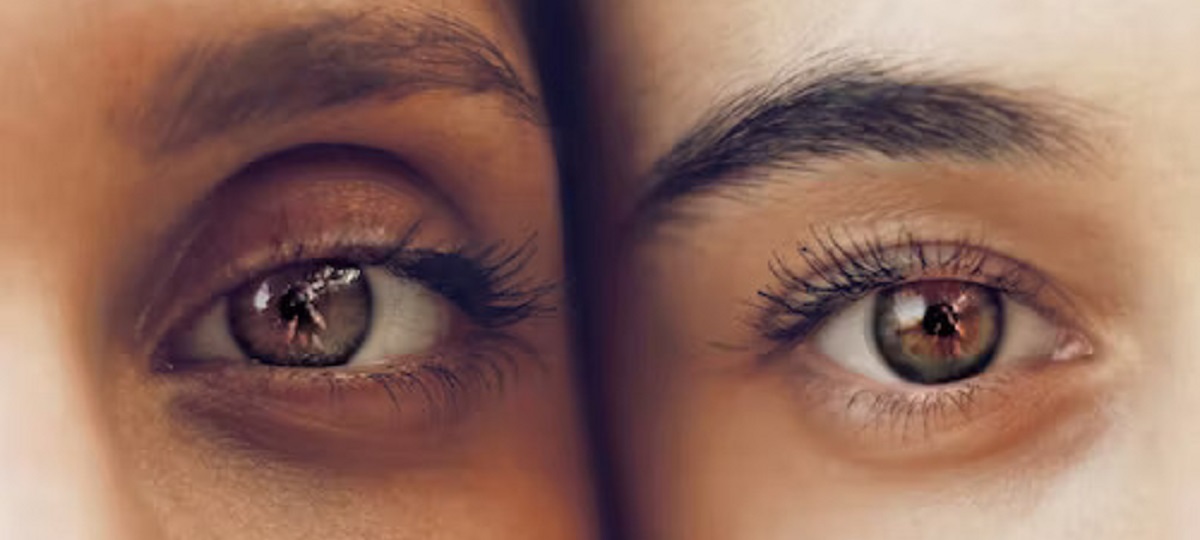Thyroid Eye Disease (TED), often called Graves’ orbitopathy or ophthalmopathy, is an autoimmune disease that is mostly brought on by hyperthyroidism, or an overactive thyroid. The condition can significantly affect the look of the eyes and surrounding tissues, and it frequently manifests as a variety of visual symptoms. To fully appreciate the transforming power of treatments for TED patients, it is essential to comprehend the changes in appearance that take place both before and after therapy.
Visual Changes Before Treatment
Understanding the visual symptoms of TED is crucial before starting the therapy process. The illness is typified by swelling and inflammation of the tissues surrounding the eyes, which can cause a variety of symptoms as well as changes in appearance. Before receiving therapy, some typical visual alterations include:
- Proptosis (Eye Bulging): Proptosis, or the appearance of the eyes protruding forward, is one of the most distinctive characteristics of TED. The fatty tissues and muscles behind the eyes swell and become inflamed, causing this.
- Periorbital Edema (Swelling): Periorbital edema, or swelling around the eyes, is a typical condition in patients with TED. The tissues around the eyes might seem red and irritated, and the eyelids could get puffed up.
- Eyelid Retraction: Retraction of the eyelids due to TED can make the eyes look wide and intent. It’s usually referred to as “lid lag.”
- Double Vision (Diplopia): The inflammation of the muscles in the eyes can cause abnormal function, which can result in diplopia or double vision. The quality of life and everyday activities may be greatly impacted by this.
- Redness and Irritation: The inflammation of the conjunctiva, which is the thin, transparent membrane covering the white area of the eye, can cause the eyes to become red, itchy, and sensitive to light.
Treatment Approaches
A multidisciplinary approach is used to treat TED, frequently overseen by ophthalmologists, endocrinologists, and occasionally orbital surgeons. Controlling the underlying thyroid malfunction, managing symptoms, and enhancing the general quality of life for TED patients are the objectives of treatment. Medication, surgery, or both may be used as treatment options.
Visual Changes After Treatment
Treatment for TED patients frequently has amazing transforming results, improving both look and function. Although each patient’s reaction to therapy will be unique, some typical benefits include:
- Reduction in Proptosis: Proptosis can be lessened by reducing inflammation by medication or surgical procedures. When the swelling decreases, the eyes could appear less projecting, which would make them appear more appealing and authentic.
- Resolution of Periorbital Edema: Corticosteroids are one type of medication that can help reduce puffiness around the eyes by easing periorbital edema. This helps to make the eyelids seem smoother and less puffy.
- Improved Eyelid Position: Treatment for eyelid retraction might help the eyelids return to their natural position. This might lead to a more relaxed and natural-looking eye expression.
- Resolution of Double Vision: Prisms, eye muscle exercises, or, in extreme situations, surgery, may be used to treat double vision caused by TED. Reducing or eliminating double vision can significantly improve visual function after a successful course of therapy.
- Reduced Redness and Irritation: Reducing inflammation aids in reducing ocular redness and discomfort. As a result, the ocular surface seems more natural and is more comfortable.
Conclusion
The look and functionality of the eyes can be significantly impacted by thyroid eye disease. People with TED go through difficult symptoms and, with the right care, go through life-changing transformations. Along with managing the underlying autoimmune disorder, the interdisciplinary treatment, which includes both medicinal and surgical measures, strives to give people affected a sense of normality and confidence again.
In order to begin therapy as soon as it is appropriate, it is imperative that persons with TED symptoms get medical attention as soon as possible. As more research and advancements in the area are made, it is expected that TED’s management and understanding will advance, giving those affected by this challenging illness hope and better outcomes.
